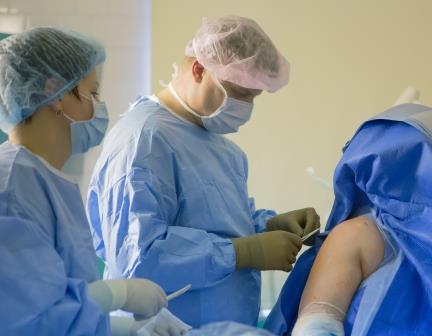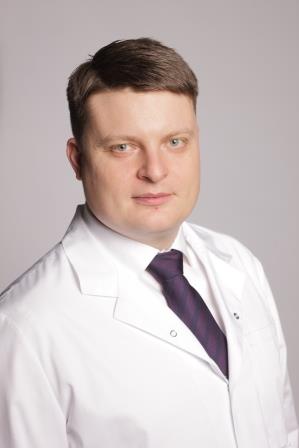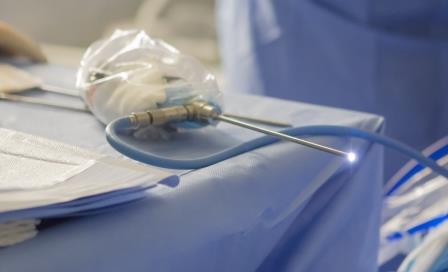The shoulder joint is the most mobile joint with the biggest movement range in the whole of human body; it is supported by a complex arrangement of muscles and tendons referred to as a cuff. This lends stability to the shoulder joint and ensures its strength.

Arthroscopic surgery of shoulder.www.ars-med.lv
 The arthroscopic surgery of the shoulder joint at “ARS” medical company is performed by orthopaedist and specialist of arthroscopic surgery Dr Arnolds Skirmanis.
The arthroscopic surgery of the shoulder joint at “ARS” medical company is performed by orthopaedist and specialist of arthroscopic surgery Dr Arnolds Skirmanis.
Causes of rupture.
Tendon disruptions and ruptures are mainly caused by two things: the degeneration or senescence of tissues or traumas, however, these are not mutually exclusive.
Degeneration: as organisms get older, tendons lose their elasticity and become slacker, frequently becoming a cause of a variety of micro-injuries. These injuries accumulate eventually resulting in tendon rupture.
Injuries: there can be several causes for the ligament rupture. Inability to lift an arm after an accident is an indicator this type of injury has been sustained. These kind of injuries are common amongst professional and amateur sportsmen, for example, football players, hockey players, skiers and also cyclists that have fallen over the handle-bars. Ligament rupture can be sustained by falling on a bent elbow, extended arm etc.
Signs to look out for.
At the beginning there can be pain that varies in intensity, pain during the night, movement restrictions and muscle weakness. There may still be some range in the movement, but it is almost impossible to lift an arm. When compensatory mechanisms overtake necessary functions, it is possible to lift the injured arm, but it has no strength and there are certain restrictions of movements that were not present before.
What to do?
Painkillers provide relief only temporarily. They cannot eliminate anatomical damage; therefore it would be necessary to arrange to see an orthopaedist to perform a detailed shoulder joint examination. The best diagnostics express-method is ultrasound sonoscopy. An experienced specialist will be able to efficiently evaluate the shoulder damage.
Full evaluation of the problem can be provided by MR or joint cavity contrasting or CT. The sooner you can see a doctor the lower the risk of any complications.
For how long is it possible to tolerate the pain?
The only measurement here is one’s patience. The important question, however, is how much it impedes the quality of life. A lot of people try to adapt to the situation, but over time it can lead to shoulder joint arthropathy and other problems that can end with the involvement of prosthetics.
Surgery procedure.
Surgical procedure is performed in day-surgery under general anaesthesia. The shoulder joint ligament is renewed arthroscopically, meaning that 3 – 6 small, 4-5 mm wide incisions are made in the skin. A small camera equipped with a monitor and fine instruments are guided through the incisions and the damaged ligament is fixed back to the bone. Length of the surgery depends on the size of the damaged area as well the level of complexity. The surgery is barely traumatising at all and very precise. Patients can leave for home the next day. The arm is hung in an arm-sling protecting it from unintentional movements.
After the surgery.
The shoulder cannot be moved to avoid repeated rupture of the fixed ligament. For this reason it is strongly encouraged to wear the arm-sling for 4 – 6 weeks, depending on the extensiveness of the surgery. However, pain can persist 3-4 months after the surgery.
Rehabilitation.
4-6 weeks after the surgery physiotherapy under the guidance of a physiotherapist is required. This is necessary for 6 -12 months to fully regain physical shape and range of movement.

Arthroscopic surgery of shoulder.
www.ars-med.lv



